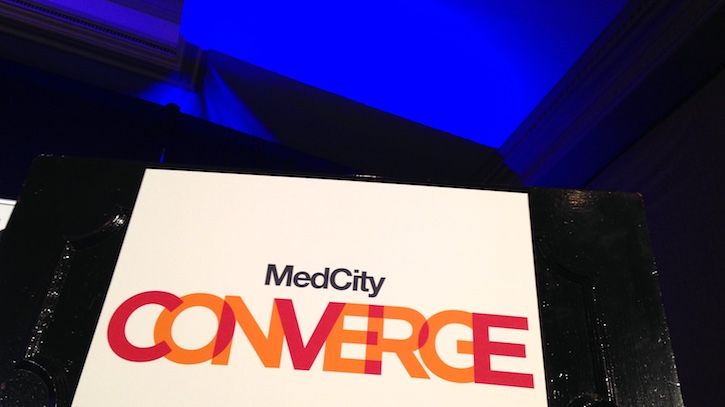Value-Based Care in Oncology Demands Patient Centricity
For better health and financial outcomes, patients need transparency and directness. For physicians, the transition may be tough.

In a panel at MedCity CONVERGE in Philadelphia this week, experts cited some noteworthy statistics.
Anthony Coletta, a surgeon and executive vice president and president of Facilitated Health Networks at Independence Blue Cross, pointed out that his organization expends 10% of their professional spend on oncology alone within the 5 counties of the Philadelphia metropolitan area.
John Iacuone, MD, president and Chief Clinical Officer of Vantage Cancer Care Network, cited that 20% of Medicare spending goes towards cancer care.
Dian Robertson, Director of Health Technology Assessment at ECRI, noted that in order to save money, 20% of cancer patients have been found to take less of their medications than prescribed, and 24% never fill a prescription at all.
All of the numbers cited were to illustrate the sheer cost of cancer to various organizations, and how challenging the move to value-based care models will be in the oncology space (Coletta made a familiar analogy of turning a battleship in a harbor). A theme that emerged across their comments was the need for the patient to be at the very center of each organization’s focus for the process to be successful.
Robertson spoke to the difficult process of helping to navigate her own mother through a cancer battle. She had a very good clinical team, Robertson said, but when it came to benefits, costs, harms, outcomes, who pays for what in her treatment, “It was clear that her care team was not comfortable having those discussions with her.”
Iacuone knows that it’s a rather large transformation for providers to accept.
“You’ve spent your whole life with the rules of the game being that the more people you see, and the more things you do, the more money you get. Now, all of a sudden, it’s been flipped on its head and you’ve got to turn your ship around and go the other way, where now you’ll be paid for avoiding unnecessary care,” he said.
Transparency and patient involvement are absolutely key, he conveyed.
For Coletta, there’s a lot more nuance to thinking about value-based care in oncology, and more challenges.
“Bundled payments are completely different when patients are presenting in different stages of malignancy than they are to a hip or knee replacement,” he said, and also, there’s end of life care involved. Not all cancer patients fit as neatly into a bundle as knee replacement patients might: an 80 year old will have different needs, and perhaps life expectations, than a 25 year old with the same cancer.
The value proposition, as always, evolves over the course of the disease, as the cancer itself responds and new treatments emerge.
Robertson would not understate the financial peril that that corresponds with the mortal threat that is cancer. Following a diagnosis, patients are 2.65 times more likely than otherwise to end up declaring bankruptcy, regardless of their eventual outcome. To improve both financial and disease outcomes, the three seem to agree, the patient needs to be given full access and accurate information about their treatment.
Children’s hospitals face complex challenges dealing with disasters
April 18th 2025Pediatric hospitals deal with different factors in weather-related events and other emergencies. Terri Wilson of the Children’s Hospital Association talks about the challenges and the need for more planning and support.
Telehealth faces a looming deadline in Washington | Healthy Bottom Line podcast
February 12th 2025Once again, the clock is ticking on waivers for telemedicine and hospital-at-home programs. Kyle Zebley of the American Telemedicine Association talks about the push on Congress and the White House.